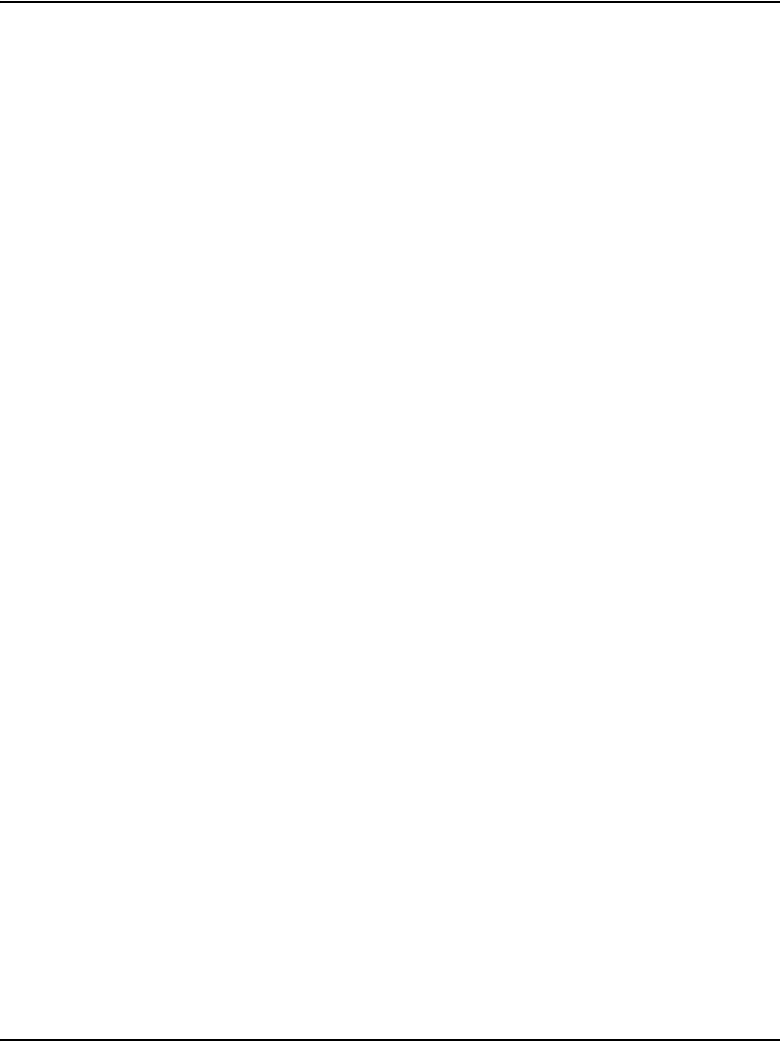User manual
Table Of Contents
- Title page
- New in this release
- List of Procedures
- How to get help
- Finding the latest updates on the Nortel web site
- System information
- Introduction
- Preparing for installation
- Placing the fourth module on a column
- Positioning and leveling equipment
- Installing AC power
- Installing overhead cable tray kits
- Installing DC power
- Contents
- DC-powered systems
- Candeo DC power systems
- Large Candeo modules
- Small Candeo modules
- Installation reference guide
- Configuration reference guide
- Safety ground/protective earth and logic return wiring
- Cabling and connecting the grounding leads
- Connecting the power plant frame ground (or safety ground) leads
- Four-Feed PDU
- Installing the Four-Feed PDU
- Installing safety ground/protective earth wiring
- Connecting power from the power plant to the PDU
- Connecting UK power to the Four-Feed PDU
- System monitor connections
- Planning and designating a Main Distribution Frame
- Installing Power Failure Transfer Units
- Configuring the system monitor
- Connecting a system terminal or modem
- Contents
- About the system terminal
- Connecting a terminal
- Connecting a terminal to a COM port
- Connecting a switch box and terminal to COM1 and COM2 ports
- Connecting a switch box and terminal to SDI and COM1 ports
- Connecting a modem
- Configuring a modem
- Connecting a modem to an SDI port
- Connecting a modem to switch box, COM2 ports, SDI ports
- Cabling Common Equipment in a Single Group system
- Contents
- Cabling guidelines
- Core/Net module
- Cabling the Core side
- Cabling the I/O panel
- Cabling the Network side
- Configuring and cabling the Clock Controllers
- Network Group 0: Shelf 0 to Shelf 1
- Connecting the 3PE faceplates in the Core/Net modules
- Inspecting CNI to 3PE factory installed cables
- Connecting the Core/Net backplanes
- Optioning the System Utility Card
- Connecting Core modules to a LAN
- Cabling Common Equipment in a Multi Group system
- Contents
- Cabling guidelines
- Core/Net module
- Cabling the Core/Net module backplane
- Disconnecting cables from the Core/Net module backplane
- Optioning the System Utility Card
- Core shelf cabling
- Installing the CP PIV to I/O panel cables
- Connecting the Core module to a LAN
- Cabling a Dual Ring Fiber Network
- FIJI card cabling
- Installing the Shelf 0 fiber optic ring (ascending)
- Installing the Shelf 1 fiber optic ring (descending)
- FIJI to FIJI cabling
- Connecting the Clock Controller cables
- Cabling network modules and loops
- Contents
- Network-to-network cabling
- Network module connections
- Network Group 0: Shelf 0 to Shelf 1
- Connecting the 3PE faceplates in the Core/Net modules
- Connecting the Core/Net backplanes
- Connecting Groups 1 through 7: Shelf 0 to Shelf 1
- Connecting the Network modules to the Core/Net modules
- Connecting the 3PE cables to the 3PE fanout panels
- Cabling a Superloop Network Card - single column
- Cabling a Superloop Network Card - multiple columns
- Cabling lines and trunks
- Powering up the system and initial loading
- Performing acceptance tests
- Installing earthquake bracing
- Adding a module to a column
- Installing a Signaling Server
- Contents
- Introduction
- Readiness checklist
- Installing the CP PM Signaling Server hardware
- Connections
- Installing the Signaling Server software
- First boot of a new Nortel CP PM Signaling Server
- Unpacking Help files for Virtual Terminal Emulator
- Logging in to the Signaling Server
- Verifying a successful configuration
- Testing the Leader Signaling Server
- Index

Page 96 of 458 Installing DC power
NN43021-310 Standard 02.02 October 2008
Note 2: The Large Candeo system generally requires one input
receptacle for each rectifier, within 1.8 m (6 ft) of each rectifier. The
commercial power receptacles required are determined by the number
and type of rectifiers used.
Note 3: The Small Candeo system requires two 30 A feeds for each
rectifier shelf, with each shelf supporting five or six rectifiers.
In a single frame configuration, a Candeo system can power a complete range
of medium-sized applications.
• Large Candeo: Built around the shelfless Candeo Rectifier 50/48, this
system operates from any voltage between 80 V AC to 300 V AC (single
phase). When configured with 50 A Candeo rectifiers, the system
delivers up to 500 A from a single 1.05 m (42 in.) frame and up to
1000 A from a single 2.1 m (84 in.) frame.
• Small Candeo: Built around the Candeo Rectifier 30/48, this system
operates from any voltage between 75 V AC to 310 V AC (single phase).
When configured with 30 A Candeo rectifiers, the system delivers up to
150 A from a single rectifier shelf and up to 300 A from a system
equipped with a supplementary rectifier shelf. The Small Candeo system
comes in 1.3 m (51 in.) and 2.1 m (84 in.) versions.
More detailed information is supplied in the following Candeo power system
manuals, which are included with the system and also available on the Partner
Information Center web page:
• Candeo MP481200 Power System User Manual (P0914425)
• Candeo MP481200Power System Installation Guide (P0914426)
• Candeo SP 48300 Power System User Manual (P7000154)
• Candeo SP 48300 Power System Installation Manual (P7000289)
• Candeo SP 48300 Power System Quick Installation Guide for Meridian
1 and Communication Server 1000 Systems (N0029343)










